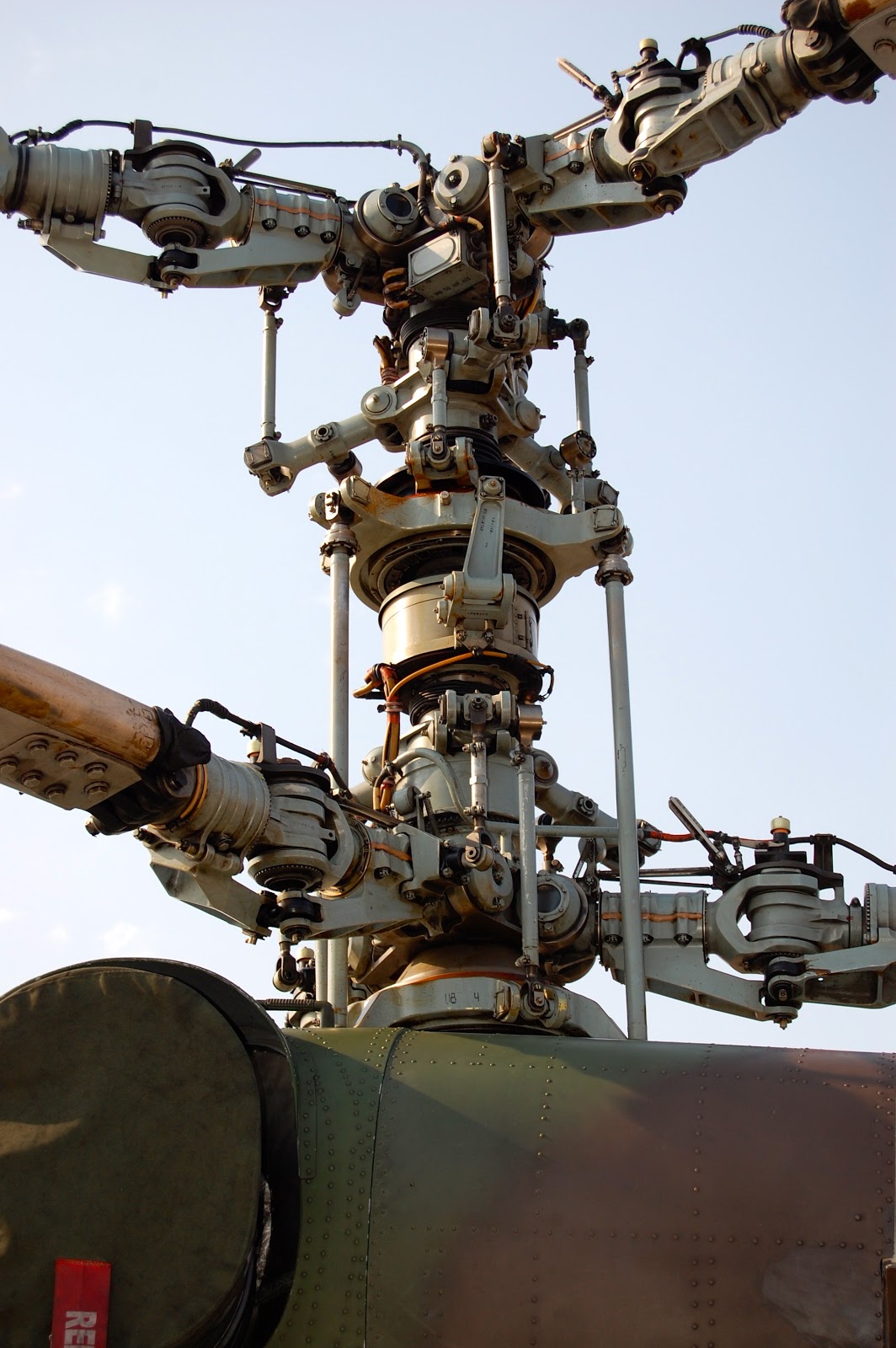Coaxial-rotor helicopters have one big advantage compared to single-rotor helicopters and that is that they can lift a lot more
Coaxial rotor helicopter do not lift more than conventional helicopters: the same 7,700 kg (16,976 lb) of the Kamov Ka-50 can be easily lifted by the single rotor of the H175 for example.
And as normally wrongly thought, coaxial helicopters do not even have the advantage that, missing the tail rotor, all the engine power goes in the main rotors: aerodynamic interferences between the two rotors make the lower one loose some 10 to 15% efficiency; and since in a conventional helicopter the tail rotor eats some 10 to 15% of the power available, let's just call it even.
Coaxial helicopters have only one advantage in respect to conventional helicopters: compactness.
Indeed, stacking two rotor one above the other, means that:
- the tail rotor with its tailboom is no more required and;
- the rotor diameter can be reduced, being the thrust the same.
Being more compact a higher manoeuvrability can be expected which is for sure important for military helicopters.
Anyway this brings some disadvantages:
- a horizontal tailplane (and the relevant tailboom) is still needed for stability, so you don't really get rid of the whole tailboom;
- diameter of the rotor cannot be reduced too much before running into performance degradations;
- as said, aerodynamic interferences between the rotors make the lower rotor loose some 10 to 15% efficiency;
- rotor head becomes packed with rods and other rotating mechanisms increasing (a lot) the total aerodynamic drag and mechanical complexity (picture source);

- so many exposed mechanical part might fail and are for sure a target in military operations;
- the second rotor atop shifts the CG upward which might reduce stability.
- and for sure I'm forgetting something.
For all these reasons a coaxial design is really important where compactness is at a premium. Packing more rotors one on top of the other will only worsen everything, especially points 3., 4. and 5., without bringing any improvement.

